Jan's Top Ten List of Books on Human-Computer Interaction
Here are the books I consider the most valuable reads for people interested in Human-Computer Interaction (HCI). This is a very personal list, although you will find that quite a few researchers and practitioners in the field of HCI will know the titles below, and often consider them essential reading. The list is ordered with the most important titles first.
 |
Donald A. Norman, The Design of Everyday Things: Revised and Expanded Edition, Basic Books, 2013. Pretty much every HCI researcher and UX designer has read this book, and it is required reading for all my students. A classic text from 1988 with updates. While some of the technologies described or envisioned may seem somewhat outdated now, this book still provides the best introduction to the spirit of good human-centered design. A not-too-technical read with hilarious stories of badly designed everyday technology, it introduced some very useful basic models for interface design, like Natural Mappings and Affordances. It changed my view of the world of technology around me and is probably the best initial brainwash for engineering students to "get" user-centered design. |
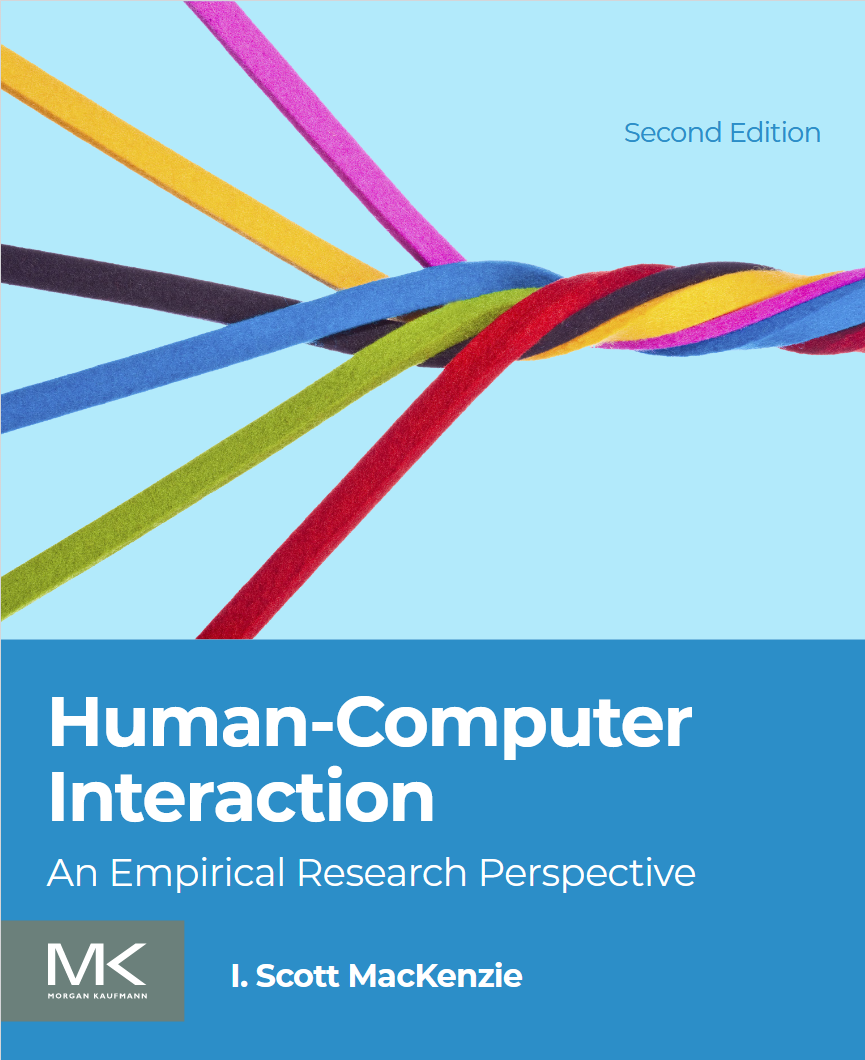 |
I. Scott MacKenzie, Human–Computer Interaction: An Empirical Research Perspective (2nd Edition), Morgan Kaufmann, 2024. Great up-to-date textbook for a research-oriented HCI course. Covers history, human performance, and input/output devices before going into great detail on what research actually is, how to design (quantitative) experiments, evaluate statistics, predict user performance using mathematical models, and even publish your results. Does not cover designing interfaces, though, making it less relevant to practitioners. Useful companion website. |
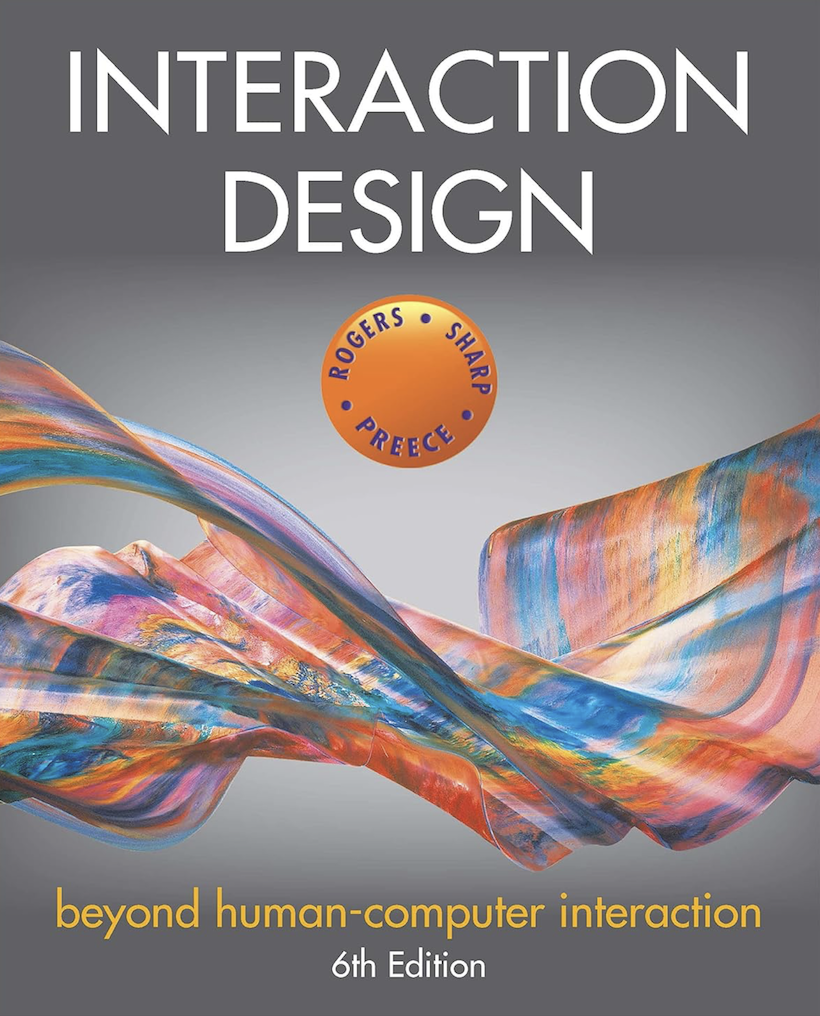 |
Yvonne Rogers, Helen Sharp, and Jennifer Preece (the author order changes with each edition): Interaction Design: Beyond Human-Computer Interaction (6th Edition), Wiley, 2023. This title focuses more on the process of designing good user interfaces and is less technical, but excellent and very up-to-date in the area it addresses. The companion website has slides, case studies, and other materials. |
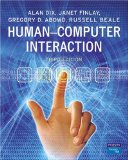 |
Alan Dix, Janet Finlay, Gregory D. Abowd, and Russell Beale, Human–Computer Interaction (3rd Edition), Pearson, 2004. A very well-rounded book to teach introductory HCI if you need to limit yourself to a single title, but it is showing its age due to a lack of updates. Technical enough for a CS curriculum, good breadth, written by world-leading HCI researchers and educators, with a website that includes resources such as sample programs, slides, etc. |
 |
Ben Shneiderman et al., Designing the User Interface: Strategies for Effective Human-Computer Interaction (6th Edition), |
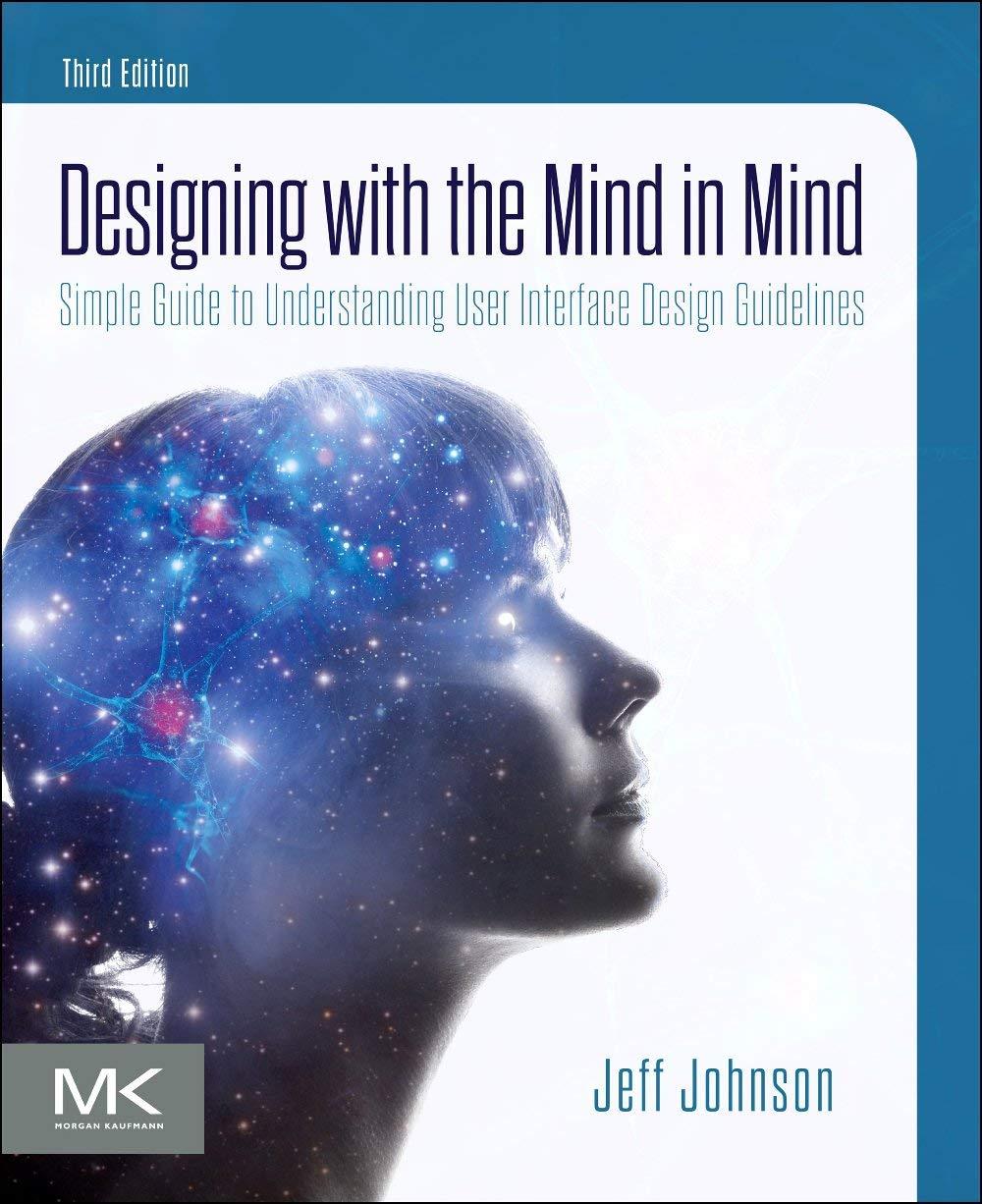 |
Jeff Johnson, Designing with the Mind in Mind: Simple Guide to Understanding User Interface Design Rules (3rd Edition), Morgan Kaufmann, 2020. Jeff has become famous for his GUI Bloopers |
 |
Alan Cooper, About Face: The Essentials of Interaction Design (4th Edition), Wiley, 2014. Cooper is a long-standing expert in interaction design, and the father of Visual Basic and the concept of "personas" to model users. This book gives a great overview of a professional interaction design process, from qualitative product research to scenarios and requirements, to the design itself. Of course, it also explains how personas work. The book also drills down into design details such as selection, dialogs, menus, alerts, undo, etc. This is a book for practitioners striving to implement or improve user-centric design in their company. |
 |
Alan Cooper, The Inmates Are Running the Asylum: Why High Tech Products Drive Us Crazy and How to Restore the Sanity, Sams, 2004. Another Cooper book. This one is older, but it is still an excellent read for both software developers and managers to understand why interface design is so crucial, and why programmers aren't good at it (but still try). Because it talks about fundamental differences in the psychology of programmers versus interaction designers, it doesn't go out of date as quickly as more technical titles. I love his definition of "homo logicus". This stuff isn't covered in his newer book, so both make an excellent combo, starting with this one to understand the problem before moving on to About Face to read about the solution. |
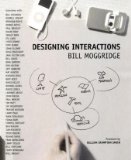 |
Bill Moggridge, Designing Interactions, MIT Press, 2008. A truly beautiful "coffee-table style" book on interaction design, also covering product and industrial design of digital technology (Moggridge is a founder of IDEO). Perfect for those interested in the history of HCI. It has wonderful short essays about seminal digital product designs, from Engelbart's mouse to the Mac and Palm, to Google and other internet services, as well as articles on digital product design theory. My own Sweet Spots and Baroque Technology article was based on one of the theory articles. Special treat: video interviews and chapters are available for free, on a weekly rotation, at designinginteractions.com (since the original website is no longer live, this link points to a snapshot on the Internet Archive). |
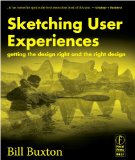 |
Bill Buxton, Sketching User Experiences: Getting the Design Right and the Right Design |
 |
Terry Winograd (ed.): Bringing Design to Software, Addison-Wesley, 1996. An excellent and very well-edited collection of contributions from key players in HCI, from Kapor's Software Design Manifesto to Rheinfrank's Design Languages. Its particular value also comes from the profiles that link chapters and give an insider's view of how some of the most seminal UI designs came to be, from the Xerox Star to VisiCalc and HyperCard. Terry has some information about his book online, and I used it with great success when I had the opportunity to teach an introductory HCI class in his program at Stanford in 2002. |
So that's my current top 10 (11, actually) list. When I come across an outstanding new title, I tend to kick off another one that I consider the least crucial if missed. I figure it's more important to restrict myself to those books I think are really outstanding than bother you with additional titles that don't really have that special something. Or, as Nietzsche put it:
"What good is a book if reading it doesn't carry me beyond every other book I read before?"
Share and enjoy,
- Jan

